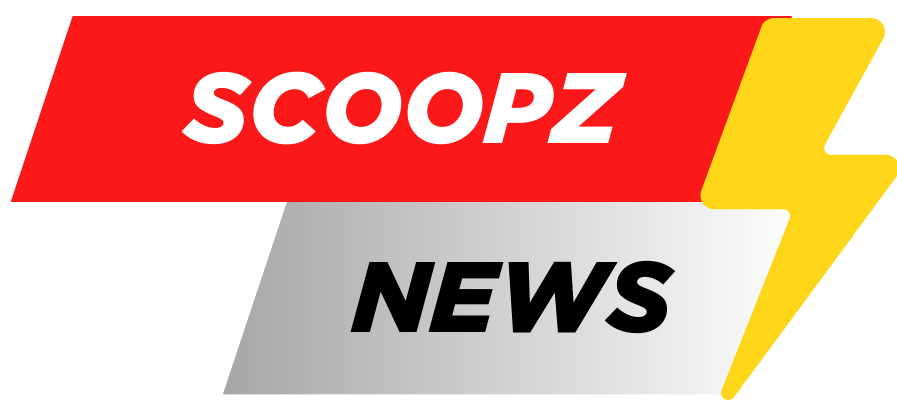(Bloomberg) — Kioxia Holdings Corp. plans to debut on the Tokyo Stock Exchange between this December and June next year in a bid to narrow the yawning gap with memory leader Samsung Electronics Co.
Most Read from Bloomberg
The NAND flash memory maker plans to use a new method for listing in Japan that would fast-track its oft-delayed initial public offering. Both the price and size of the stake to be floated were undecided, according to a filing on Friday.
The stock offering would represent what may be Kioxia’s last chance to remain competitive. A successful debut would give it money to ramp up capacity and help it capitalize on a recovery in chip prices.
But in the four years since first shelving an October 2020 IPO, the Tokyo-based company’s fallen technologically behind Samsung and SK Hynix Inc., making it even more vulnerable in the next downturn. A prolonged slump in the price of NAND, used in smartphones and solid-state drives, hurt Kioxia more than its rivals, which have revenues from other products such as DRAM and high-bandwidth memory.
The company had most recently eyed an IPO in October in what had been expected to be one of Japan’s biggest offerings of 2024, but that had been postponed.
Shareholder Bain Capital holds 56% of the company, while Toshiba Corp. owns 41% and Hoya Corp. has 3%, according to data compiled by Bloomberg.
The debut also would come as Kioxia continues to juggle on-again-off-again merger talks with Western Digital Corp. After posting six straight quarters of operating losses through 2023, Kioxia needs to show it can ride a recovery in memory prices before the next cyclical downturn.
Spun out from Toshiba Corp. in 2018 to help make up for big losses at the Japanese conglomerate’s nuclear power business, Kioxia held about 18% of the global NAND market last year, according to research firm Omdia. But the prolonged slump, coupled with a loss of engineers, is eating away at its ability to keep up in research and development.
More than half of Kioxia’s sales is from smartphone memory, and the company trails competitors in memory used to support data centers, according to Omdia analyst Akira Minamikawa.
“Kioxia needs to unveil new technology to grab market share quickly,” he said. He pointed to Kioxia’s high-capacity NAND memory as an example of its ability to innovate. Engineers at Toshiba Memory, Kioxia’s previous iteration, were behind the invention of NAND flash in the 1980s.



